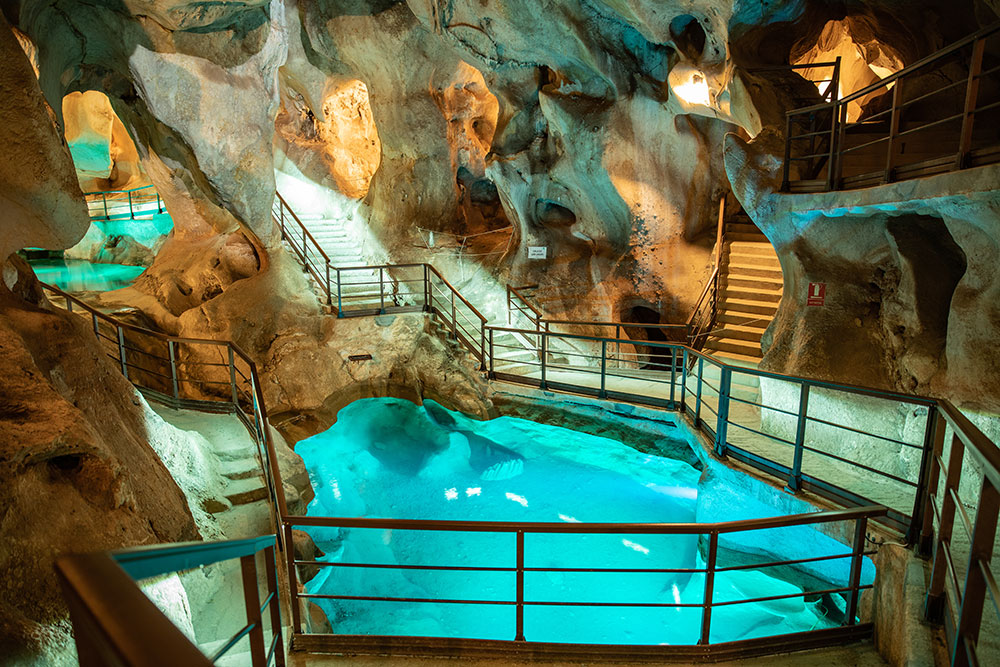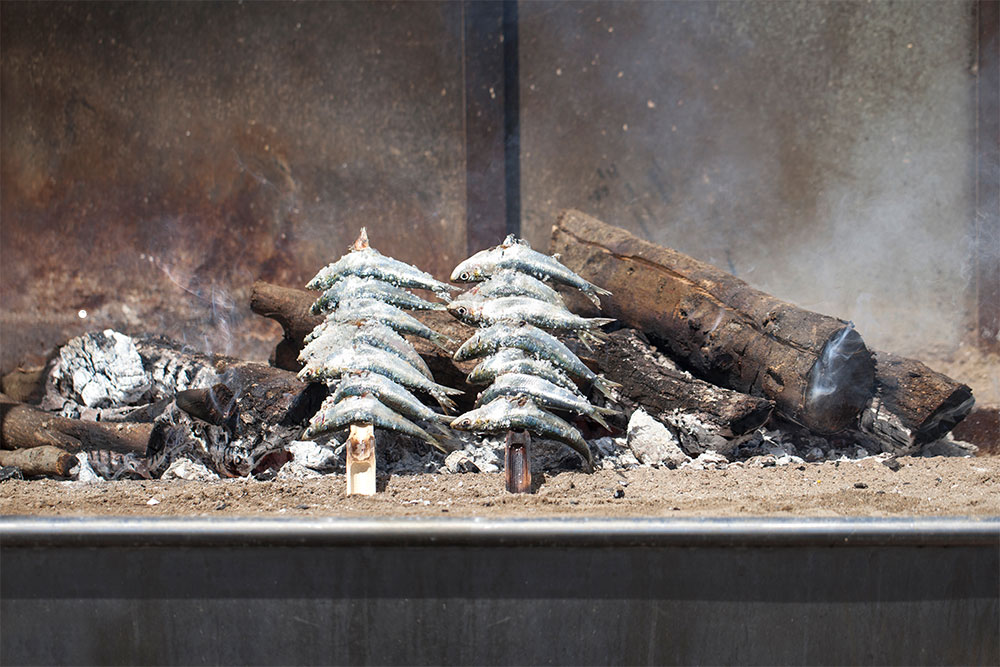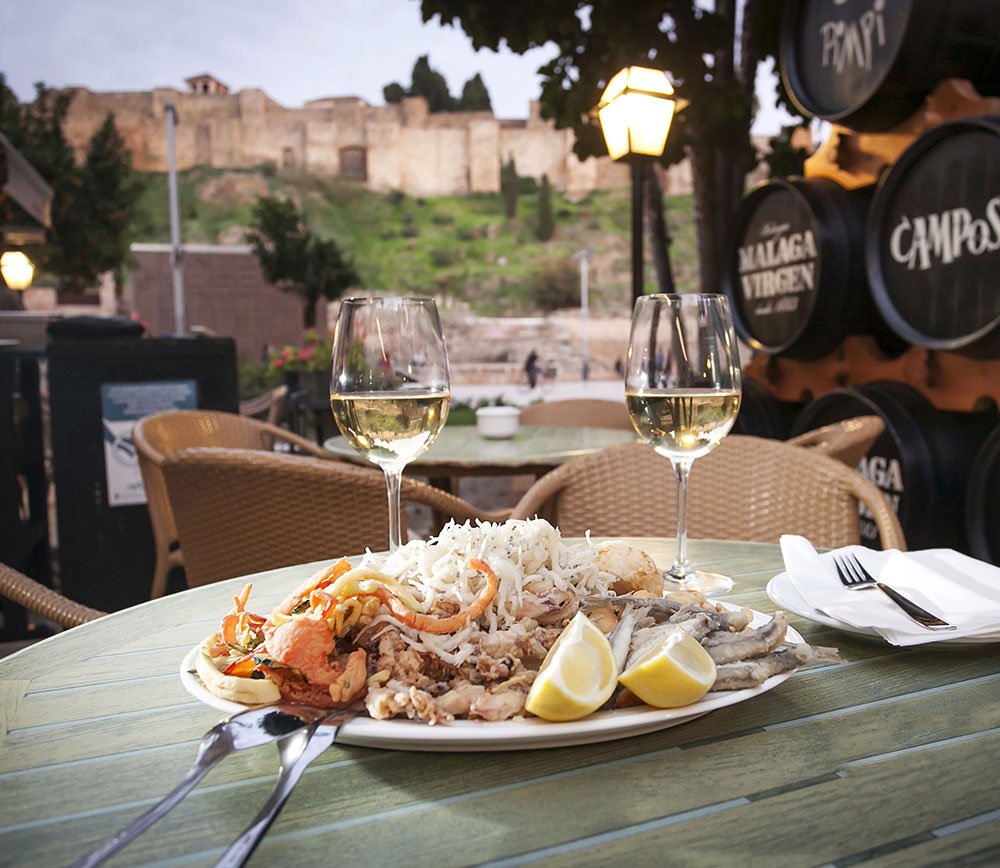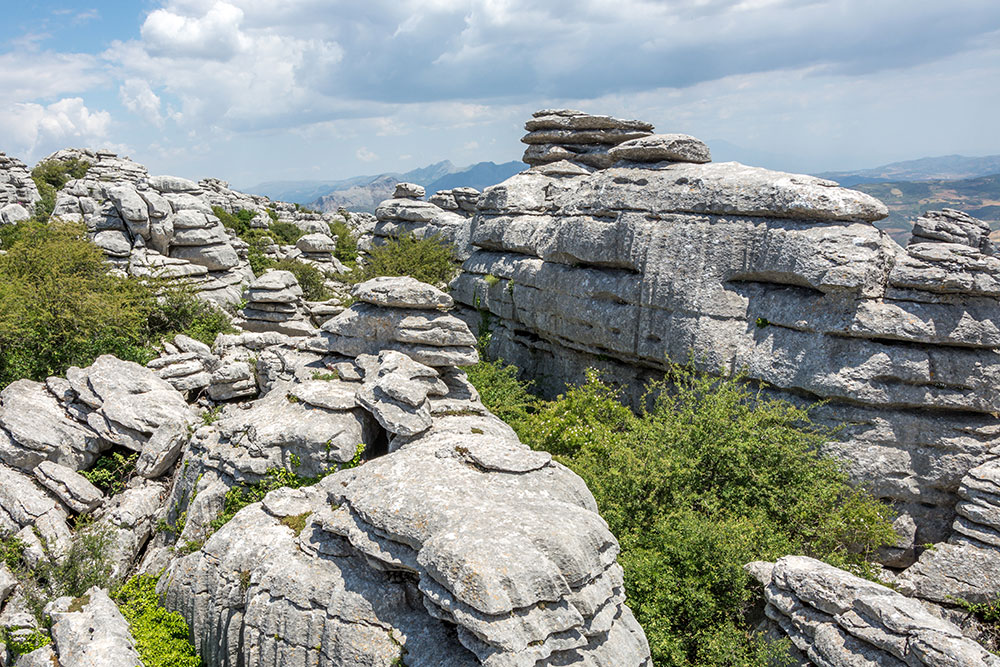Costa del Sol in Andalusia, Spain – Travel Ideas for Summer
Boasting approximately 300 days of glorious sun, The Costa del Sol (The Sun Coast), within the province of Málaga, Andalusia, is more than sun, sand and sea; stunning caves, hidden coves, captivating villages, exquisite vineyards and mouth-watering food. So, whether yacht watching in Marbella, sunbathing in Malaga, or enjoying a coffee on a terrace, let’s explore a bit more of this fantastic region!
Best White Villages to explore along the Costa del Sol
With stunning mountain backdrops or vast valley views, and with some situated on, under, or built into the hills, the famous White Villages of Andalusia provides a cornucopia of choice. But worry not, we have provided you with our top four:
Frigiliana. Less than an hour’s drive from Malaga, Frigiliana is oft called the most beautiful village and with good reason: it is a picturesque maze of narrow cobbled streets, with white walls providing the perfect backdrop for the myriad of flowers in hanging baskets, beds and terracotta pots; a photographer’s dream. Whether you wander down Calle Real, the historic main street, lined with white houses, artisan shops, and tiled poetry plaques, narrow and winding Calle El Zacatin, with steps bordered by flowerpots and wrought iron balconies, or Calle Alta, perfect for panoramic shots over the valley and Mediterranean, this place does not disappoint. The old quarter of Frigiliana, of Moorísh-Mudejar origin, is without doubt one of the best preserved in the province; streets follow no planned layout, more a web of interconnecting streets. The ramparts are testimony to the Andalus urban layout, giving access to houses that have no direct access from the street or need a second door. Of course, it’s easy to get lost through this maze of streets, but our guide will take you through, showcasing the best! Frigiliana is also home to the last remaining sugar cane syrup factory in Europe: the Ingenio Nuestra Señora del Carmen, dating back to 1725. It still produces miel de caña, also known as molasses, using traditional methods: crushing fresh sugar cane to extract the juice then boiling it down to a thick, though pourable, glossy syrup. If you’re visiting towards the end of April, spend time at the Miel de Caña Day festival, where they syrup is the star: try it with a wide range of dishes created by the Frigiliana housewives. Aside from the gastronomic, various craft stands showcase local creativity, not to mention the opportunity for photography and painting artists to participate in honor of this fabulous product. And while you’re there, drop in and see the coastal gem that’s Nerja. If you prefer, we can organize your tour, including transportation, ensuring you visit the best sights making the most of your time.
Antequera: both jewel and time capsule. Walking the streets of Antequera is like going back in time: churches, Roman baths, palaces, fortress, and prehistoric dolmens, it’s the perfect place to wile away the hours. The towering thousand-year-old Alcazaba Fortress should not be missed, but neither should the fruits of the land: olive oil, exceptional food and fine wine.
Ronda. Perched dramatically over a 270-foot gorge, Ronda makes quite an impression. Its crown jewel is the stunning 18th century Puente Nuevo (New Bridge), spanning the El Tajo gorge. Take time to visit the Plaza de Toros, one of Spain’s oldest bullrings, the 13th century Arab Baths, or the Casa Museo Don Bosco, a stately mansion with stunning interiors and impressive views, as it overlooks the El Tajo gorge and surrounding valley.
Cómpeta. Tucked away in the foothills of the Sierra Almijara mountains, Cómpeta is where the rugged beauty of inland Andalusia meets the warmth of small-town life. Famous for its Moscatel grapes, flower-filled balconies and sweeping views of the Mediterranean, it really is a place in which to relax; just find your spot. Additionally, fine wines, hiking routes, mountain biking or a table with a view; it’s up to you.
Unfolding some of the Costa del Sol secrets
Despite being famous for its sun, sea and villages, there are still places to discover; those little-known corners hiding some real treasures.
The Treasure Cave (locally known as the Cueva del Tesoro) stands out because, unlike most sea caves which are small and accessible only by sea, Treasure Cave is a large inland-accessible marine cave with significant archaeological and geological interest. The treasure is not just in its physical beauty, but in its cave paintings and legends; including royal treasure hidden in its depths. But don’t just take our word for it; let us arrange a tour and experience the legends, history and beauty for yourself.
Torcal de Antequera Park. The Torcal de Antequera is often forgotten, despite being only 30 minutes outside well-visited Antequera. This surreal limestone karst landscape of bizarre and mesmerizing structures is unique: rocks defying gravity, rocks stacked like pancakes, rocks like flying saucers. Whether you wish to photograph rock formations, hike the numerous trails, or just sit and absorb the views, let us help you organize your trip to this little corner of Andalusia. We can arrange transportation and a guide, enabling you to make the most of your time here.
The ‘Tintero’ experience. Eating at ‘El Tintero’ is like no other establishment. Rather than order from a menu, waiters circulate with trays of freshly prepared dishes, announcing each one aloud. Diners signal their interest by raising a hand, and the dish is then delivered. This lively and interactive approach ensures a dynamic and engaging atmosphere. Choose from fried fish, paella, grilled sardines, baby squid and much, much more.
El Palo. The fisherman’s neighborhood of ‘El Palo’ is a world away from the buzz of Malaga city. Low-rise, pastel-colored houses, flower-filled balconies and beach bars serving fresh seafood, as one would expect, especially the famous Espetos de Sardines, skewered sardines grilled over open flames. Promenade or ride the palm-lined sea front, relax and soak up the sun.
What to eat (and drink) in Costa del Sol
Sun, sea and sand, yes, but let’s not forget the food; the Costa del Sol has much to offer. The only problem will be having enough time to try everything.
Costa del Sol traditional meals you can’t miss
Espetos: skewered sardines on a reed, traditionally stuck in the sand and grilled next to an open fire; tradition, theater, and summer on a stick. Although initially food for the poor, it’s now enjoyed by all. With the arrival of both train and tram, those from Malaga and beyond would spend the day on the beach in El Palo, then a fishing village outside Malaga. It was in 1882 when Miguel Martinez Soler, the father of the espeteros, opened his chiringuito (beach-side bar), La Gran Parada. Here, he served his espetos hot and fresh and eaten with fingers, rather than cutlery. When Alfonso XII visited La Gran Parada in 1885, the hungry king started to attack the famed espetos with his knife and fork before Miguel approached him and said, “Your Highness, not like that, with your fingers”. Although the legendary La Gran Parada no longer exists, its legacy lives on.
Berenjenas con miel de caña: deep-fried eggplant generously drizzled with molasses: crispy outside, silky inside, sweet atop. The origins of this delicious dish date to the Moorish occupation when eggplants, and many other vegetables and spices, were introduced to the Iberian peninsula during the 8th century. This combination reflects the fusion of the Mediterranean and Middle Eastern flavors.
Porra Antequerana is a thick, cold tomato-based soup from Antequera. Often compared to gazpacho or salmorejo, but uses more bread and less water, making it almost a spread rather than a drink. This dish reflects the agrarian lifestyle and resourcefulness of the region’s people, tracing its roots to the working-class peasantry of Antequera, especially field laborers who needed a cooling, high-calorie meal during the intense Andalusian summers. The name “porra” comes from the wooden mortar used to mash the ingredients by hand. Before blenders, everything—tomatoes, stale bread, garlic, olive oil, and peppers—was pounded together in a large bowl. It’s usually eaten with a spoon, rather than sipped, and is commonly served with boiled eggs, jamón serrano, or tuna, enhancing its richness.
Chivo Lechal Malagueño is a traditional delicacy from Malaga province, where goat herding dates back to pre-Roman times. The native Malagueña goat breed, known for its hardiness and rich milk production, has been selectively bred for centuries. Traditionally, families raised goats for both milk and meat, making the animal central to rural subsistence. The term “lechal” refers to a kid (young goat) which has only been fed on its mother’s milk. Chivo Lechal Malagueño is typically slaughtered at around 4–6 weeks of age, before it starts to eat solid foods; the result is an extremely tender, pale meat with a mild, sweet flavor. It’s often roasted whole (“asado”) in wood-fired ovens or stewed slowly with local herbs, garlic, and olive oil, intensifying the flavors.
Costa del Sol and the best regional products
Costa del Sol oranges were initially grown for its ornamental and medicinal properties, but the fruit has been part of Andalucia for centuries! By the 18th century, production was centered on bitter Seville oranges, where it was exported to Britain for marmalade production. However, by the 20th century, the region had diversified into sweet varieties, suitable for both eating and juicing, thanks to the fertile soil and Mediterranean climate. With us, learn about sustainable farming practices, and enjoy a guided tasting of freshly picked, organic oranges. Our exclusive one-hour experience, just outside Malaga, offers a delightful blend of nature, culture, and gastronomy, perfect for those seeking an authentic and refreshing escape.
Vino Dulce de Malaga, rich, velvety, honeyed, is a naturally sweet wine, primarily made from Moscatel and Pedro Ximénez grapes. The grapes are sun-dried on esparto grass mats, a traditional method called “asoleo”, to concentrate their natural sugars. The must (grape juice) is often fortified with grape alcohol to stop fermentation early, preserving sweetness. Next, the wine is aged, sometimes for decades, in oak barrels—producing rich notes of fig, caramel, honey, raisins, and toasted nuts. In 1933, the Denominación de Origen Málaga was officially created to protect its authenticity, so you can be assured of its quality.
While in Ronda, try Yemas del Tajo, named after the Tajo Gorge, were originally prepared by nuns and now by local artisans using just a few simple ingredients: egg yolks, sugar, and lemon. These famous handmade-delicacies, with a smooth, silky, custard-like center, make the perfect gift; rich and creamy, they are perfectly paired with a good glass of sweet wine.
Tapas and Wine Tour in Malaga
Tapas are an authentic Andalusian treat, and Malaga is a great place to sample some of the region’s delicacies. Join us as we discover some of the best local dishes in the traditional way: “de tapeo”. Taste a selection of tapas from some of Malaga’s best tapas restaurants, followed by a visit to one of its classic bodegas to sample some of the local Vino Dulce de Malaga. Our 3 hour private-guided tour takes you through the streets to those bars and restaurant only a local knows. Try a selection of some of the best tapas with a guided visit to a Bodega to sample the Vino Dulce de Malaga. A real, and literally, sweet delight!





